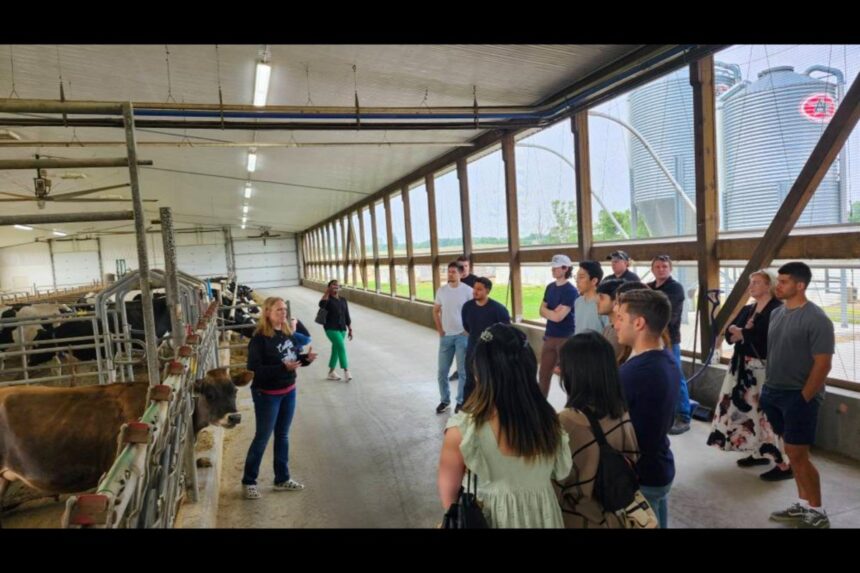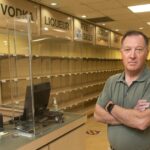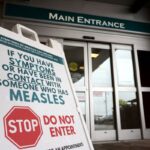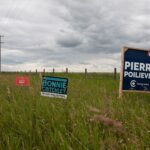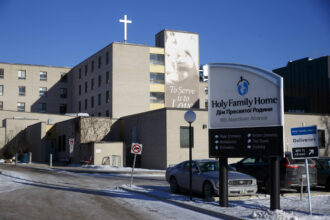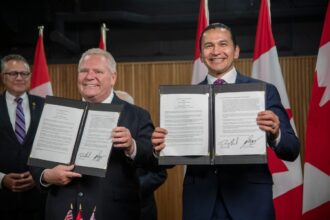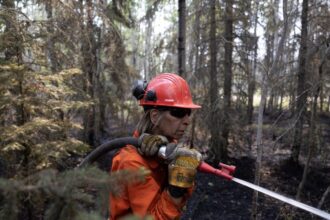In the rolling fields of rural Ontario, an innovative program is planting seeds for the future of healthcare. Medical students, more accustomed to sterile hospital corridors than muddy barnyard paths, are donning work boots and experiencing farm life firsthand—all in service of addressing Canada’s critical rural physician shortage.
The Rural Ontario Medical Program (ROMP) has launched this unique initiative where future doctors spend time working alongside farmers, gaining invaluable perspective on the distinct health challenges facing agricultural communities. On a recent crisp autumn morning, I observed third-year medical student Jasmine Chen collecting eggs and discussing occupational hazards with dairy farmer Robert Wilson near Barrie.
“Understanding rural healthcare needs goes beyond textbooks,” Chen told me as she carefully navigated between curious Holstein cows. “There’s something profound about experiencing the physical demands these families face daily that changes how you think about their healthcare needs.”
This experiential learning approach addresses a troubling trend in Canadian healthcare, where rural communities consistently struggle to attract and retain physicians. According to the Canadian Medical Association, rural areas, which account for approximately 19% of the population, are served by only 8% of practicing physicians.
Dr. Elaine Thompson, ROMP’s director, explains the rationale: “Research consistently shows that physicians who train in rural settings are significantly more likely to practice there. But we’re taking it a step further by immersing students in the actual lifestyle and occupational realities of their potential future patients.”
The program partners with over 40 farms across Ontario, covering operations from dairy and livestock to crop production and orchards. Medical students participate in everything from harvesting and equipment operation to animal care—experiencing firsthand the physical demands, seasonal pressures, and unique occupational hazards of agricultural work.
“I never truly understood the musculoskeletal stress these jobs involve until I spent eight hours bent over picking strawberries,” admits fourth-year medical student Rahul Patel. “Now when a farmer comes in complaining of back pain, I have a completely different level of appreciation for what they’re experiencing.”
This innovative approach represents a meaningful evolution in healthcare education, acknowledging that effective rural medicine requires understanding not just clinical presentations but the cultural, economic, and occupational contexts of rural communities.
Local communities are embracing the program enthusiastically. “These students are going to be better doctors because they’ve walked a mile in our boots,” says Wilson, the dairy farmer who regularly hosts medical students. “And frankly, we’re hoping some of them fall in love with rural life and decide to practice here.”
Early results are promising. Program data shows that medical students who participate in the farm experience program are 37% more likely to choose rural placements for their residencies compared to their urban-focused peers. Additionally, the program has expanded to include nursing and physician assistant students, creating a more comprehensive approach to rural healthcare education.
The initiative hasn’t been without challenges. Initial skepticism from traditional medical educators questioned the relevance of agricultural experiences to clinical training. However, as evidence mounts showing improved patient outcomes when providers understand occupational contexts, these concerns have largely dissipated.
“What we’re really doing is breaking down the artificial barriers between healthcare and the actual lives of the people we serve,” explains Dr. Thompson. “Rural medicine isn’t just urban medicine in a different setting—it requires specific knowledge and approaches tailored to these communities.”
As Canada continues to grapple with healthcare disparities between urban and rural areas, innovative educational approaches like this farm experience program may provide a crucial piece of the solution. By cultivating deeper connections between future healthcare providers and the communities they might serve, ROMP is sowing seeds that could yield a healthier rural Canada.
As we observe these future physicians gaining calluses alongside their stethoscopes, one question remains: Could this ground-level approach to medical education represent the future of addressing healthcare disparities not just in rural Canada, but across all underserved communities?

